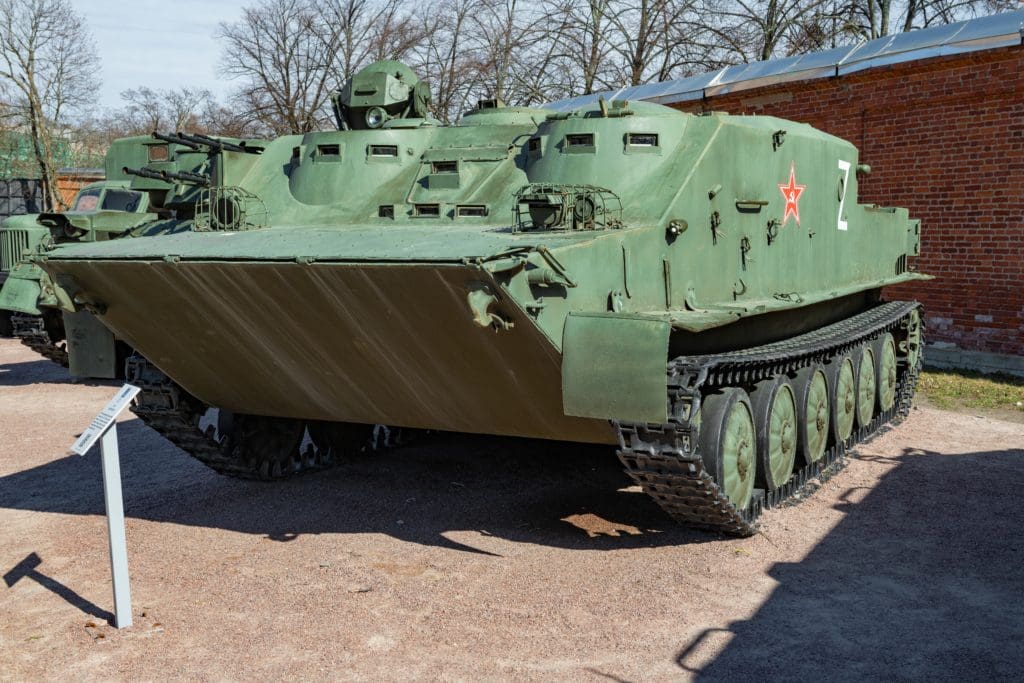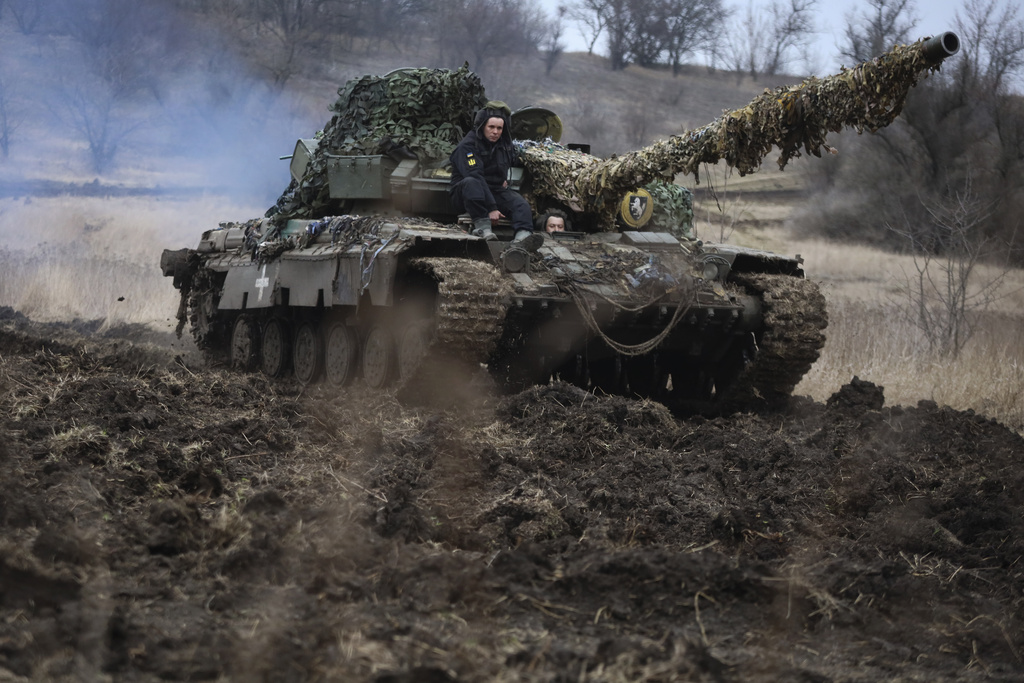The Russian Federation is negotiating the purchase of ammunition and other weapons with Myanmar, African countries and the Middle East, according to the deputy head of the Ukrainian State Security Service, Vadim Skibitsky.
“Russia has started to feel a shortage of ammunition. We know they are actively working with Iran. Negotiations are ongoing with Myanmar, with countries of the African continent and the Middle East. They have sent their delegations — from the Ministry of Defense, foreign intelligence and other agencies — to get as much ammunition and other weapons as possible,” said Skibitsky.
“Iran is still waiting, it has taken a wait-and-see position on this issue,” added Skibitsky.
Russian frontline troops receive Stalin-era armor
In recent days, for the first time on the Ukrainian front, BTR-50s, Russian armored personnel carriers that entered service in 1954, have also been identified, according to British intelligence.
A photo has surfaced on social media confirming the appearance of these armored vehicles in use by Russian forces, obtained by the administrators of the Ukraine Weapons Tracker page.

Experts say the vehicle is most likely a BTR-50PU, a model that entered the Russian armed forces in 1958. The basic BTR-50 models were designed in 1952, when the Soviet state was still led by Joseph Stalin, and entered active service with Moscow’s armed forces in 1954, a year after the dictator’s death.
They were produced until the 1970s, when they began to be replaced by the more modern BMP-1 infantry fighting vehicle. Today, BTR-50 armored vehicles are still in service in several states, mostly in the Third World, but it is unclear to what extent they are still in use even in these countries.
The Ukrainian website Military News, which obtained photos of these armored vehicles being transported by rail to the front in late February, notes that “it is currently difficult to explain exactly why such archaic equipment, the youngest of which is already over 50 years old, is being restored when there are enough more modern and much better tracked MT-LB armored vehicles at the same depot” from which the BTR-50s were removed.
“The probably unimaginable amount of equipment lost in the first year of the war and mobilization has created a demand for armored vehicles in the Russian army that Russian industry simply cannot meet in a reasonable time,” wrote the Ukrainian military analysts. Western military analysts contacted by Forbes agree with that assessment.
Much-touted Russian T-90 M tanks no longer used in combat
Since March 16, the Russian army has lost 15 T-90 M “Breakthrough” tanks in Ukraine, said Andri Rudik, representative of the Research Center for Trophies and Prospective Military Weapons and Equipment of the General Staff of the Armed Forces.

“The Invincibility and perfection of the T-90 M have proven to be myths. And I’m talking only about those (destroyed) that are proven by photo or video images. It is likely that the Russians have lost significantly more T-90M units,” Rudik said. He noted that the Russians now practically do not use them in combat.






